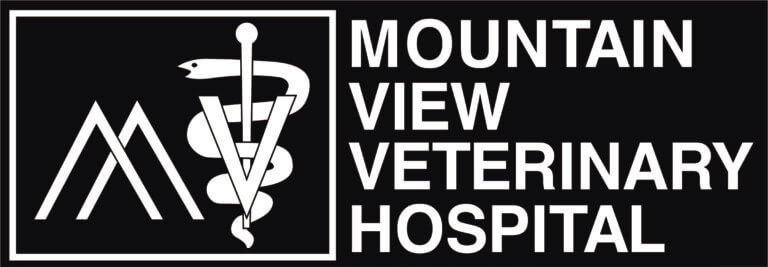Veterinary Dental Services
Take Care of Your Pet's Teeth
Have you ever wondered what happens during a dental cleaning for your pet? Prince Wolfie has volunteered to help show what goes on.
IV Catheter
First, the technician on the surgery team will place an IV catheter so that the patient maintains a normal blood pressure and to provide vital movement of blood to important organs while under anesthesia. The IV catheter is also used to safely administer the needed drugs to induce the anesthesia and to reverse it.
Next, the technician will intubate the patient with a trachea tube that will support the patient with breathing during their surgery.
Next, the technician will intubate the patient with a trachea tube that will support the patient with breathing during their surgery.

Why do we use anesthesia for dentals?
Using anesthesia during dental treatments is safe and convenient. Pets who are anesthetized are able to rest comfortably without being stressed or in pain during their exam and cleaning. Your veterinarian will tailor the anesthesia used to your pet’s age, health status, and type of procedure needed. Being under anesthesia also allows for a fully detailed cleaning including under the gums to leave your pet’s teeth truly clean.

cleaning, polishing, and X-Rays
Now with the patient under anesthesia, the technician begins cleaning, polishing, and X-Rays. We recommend taking full mouth X-Rays at every dental procedure to keep a record of what is going on with the root beneath the surface, but especially if the veterinarian suspects abnormal, broken teeth, or if the pet is missing any that we do not have record of removing. Dental X-Rays reveal the 60% of a dog or cat’s tooth that is hidden beneath the gum line.

Post Procedure Examination
Once the technician completes the cleaning and X-Rays, the doctor reviews the X-Rays, performs patient examination and any necessary surgery. At all times during anesthesia the patient is monitored for heart rate, blood pressure, number of breaths, and body temperature.


